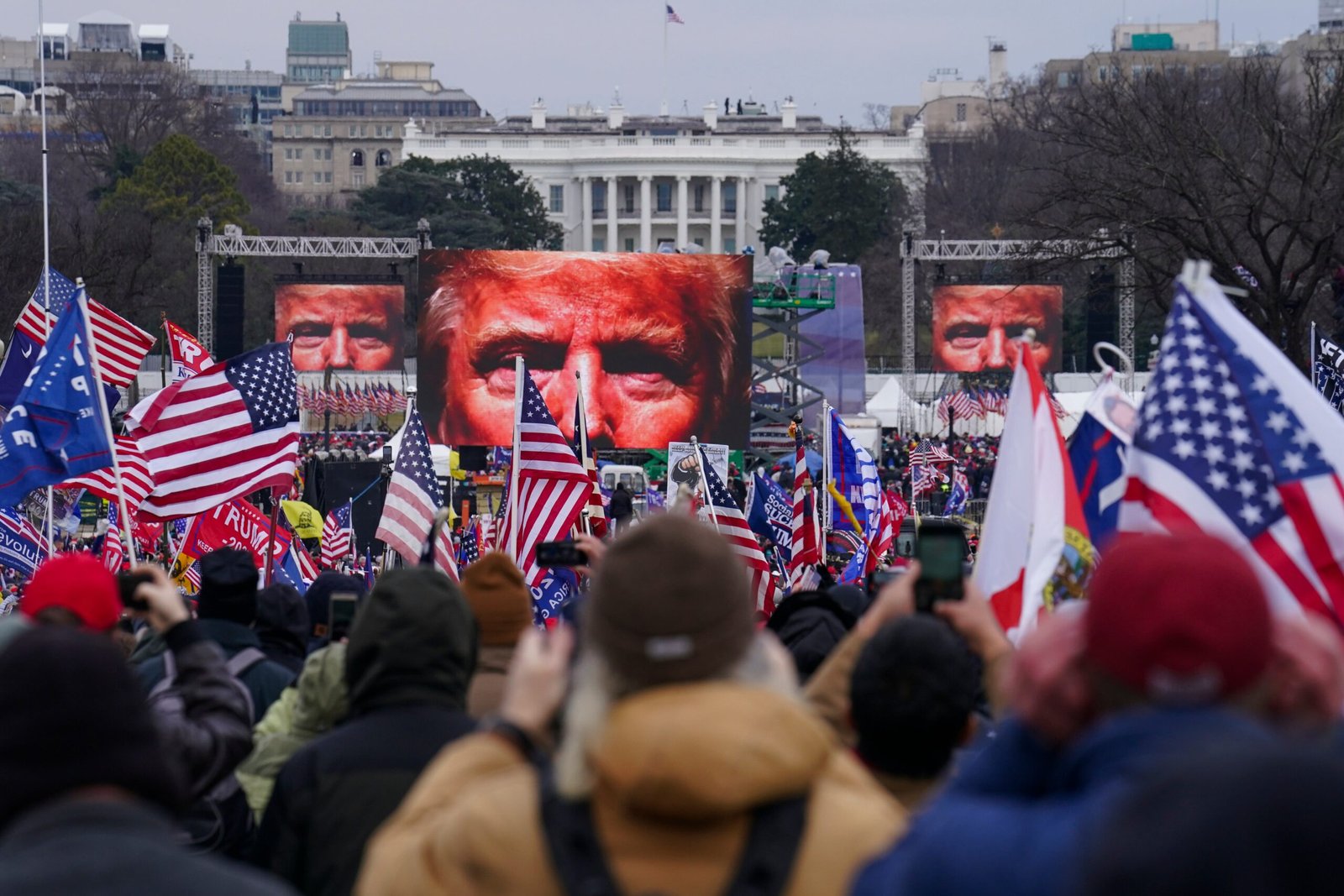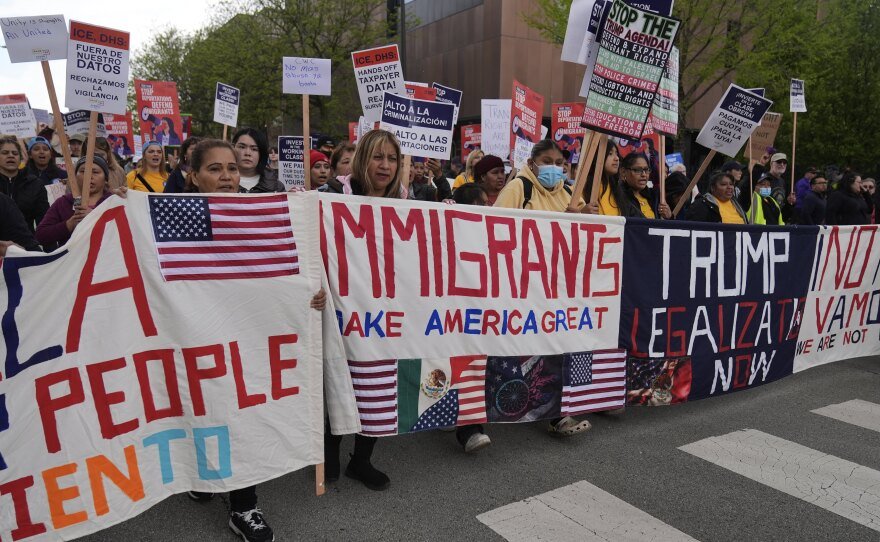
Profiting from the Collapse: How Corporate America Monetized the Californian Crisis
“This is not disaster response. It’s market expansion.” — Anonymous tech executive, Palo Alto, 2025

Introduction: The New Normal Comes with a Price Tag
When the first ICE raids of 2025 hit Southern California, dozens of corporations issued immediate statements of “deep concern.”
When the wildfires returned in April, tech companies launched donation campaigns and dropped banner ads proclaiming: “We stand with California.”
When protestors filled the streets, media platforms promoted solidarity hashtags.
And while all of this happened, corporate lobbyists in Sacramento quietly secured tax exemptions, land acquisitions, and emergency contracts worth hundreds of millions of dollars.
In 2025, crisis is not an interruption. It is a new market vertical.
I. Branding Resistance: The Rise of Crisis Capitalism
You’ve seen it before:
- Rainbow logos during Pride Month
- Black squares after George Floyd
- “Eco-innovation” campaigns during climate summits
But in 2025, corporate messaging has evolved into full-scale narrative capture. Companies don’t just support justice — they curate it, package it, and sell it back to the public as identity.
Take Meta’s new campaign: “Voices of the Uprising.” It features stylized footage of 2025 California protests — accompanied by sponsored content for Meta’s “Freedom of Assembly Toolkit.”
The toolkit includes:
- Protest livestream guides
- Digital safety modules
- AI-powered speech recognition analytics for “community cohesion”
What it doesn’t include: transparency about how the same platform shares user data with law enforcement.
II. Real Estate, Displacement, and Silent Expansion
In Downtown Los Angeles, a cluster of new “resilience hubs” is being constructed by a private-public partnership led by developers formerly involved in gentrifying Skid Row.
These hubs claim to offer:
- Fire-proof modular housing
- Green spaces
- AI-monitored safety perimeters
- “Mixed-income coexistence environments”
But records show that 82% of original residents in the target zones were relocated under emergency zoning waivers — with no guarantee of return.
What’s being sold as safety is, in practice, extraction through reconstruction. It’s not “recovery.” It’s disaster-enabled redevelopment.
III. Surveillance Tech and the Privatization of Protest
In the name of “protest safety,” companies like Palantir, Amazon Web Services, and CrowdShield have expanded their presence across California.
Through government contracts — many under emergency declarations — they provide:
- Facial recognition analytics
- Drone footage storage
- Predictive behavioral tracking
- Encrypted audio pattern matching
These tools are sold to cities, police departments, and, in some cases, universities.
They are marketed as “public safety enhancements.” But on the ground, protestors report increased detainments based on digital surveillance evidence that is unverifiable and opaque.
This is not regulation. This is corporate policing under civic branding.
IV. The Corporate Climate Shield
The climate crisis has also birthed a new industrial class of “green capitalists”.
These include:
- Insurance tech firms offering climate-adjusted policies only to “Tier 1 resilience clients”
- Water rights brokers purchasing long-term aquifer access in Central Valley
- Fire defense startups selling subscription-based protection zones to wealthy homeowners
Meanwhile, climate-displaced Californians — many of them renters or informal residents — are excluded from adaptation plans altogether.
Environmental resilience has become a luxury good. And those who can’t afford it?
They burn, or they move.
V. The Myth of Neutral Capital
Every crisis prompts the question: Where is the private sector?
The answer, in California 2025, is clear:
- It is everywhere the public sector is collapsing.
- It is embedded in every decision labeled “recovery.”
- It is thriving in the ashes of democratic paralysis.
Corporations are not neutral actors. They are stakeholders with leverage, designers of infrastructure, authors of legislation, and benefactors of suffering.
They are not just present in the crisis — they are co-architects of its profitability.
Conclusion: Resistance Without Commodification
There will be no liberation through branding. No justice through market share.
The crisis facing California — and the country — cannot be fixed by those who profit from its continuation.
If this decade has taught us anything, it is this:
Real solidarity leaves no shareholder richer.
Unpack the corporate dynamics of the Californian collapse in full in California on Fire, a 100-page expert exposé on immigration, inequality, surveillance, and the erosion of democratic institutions.


